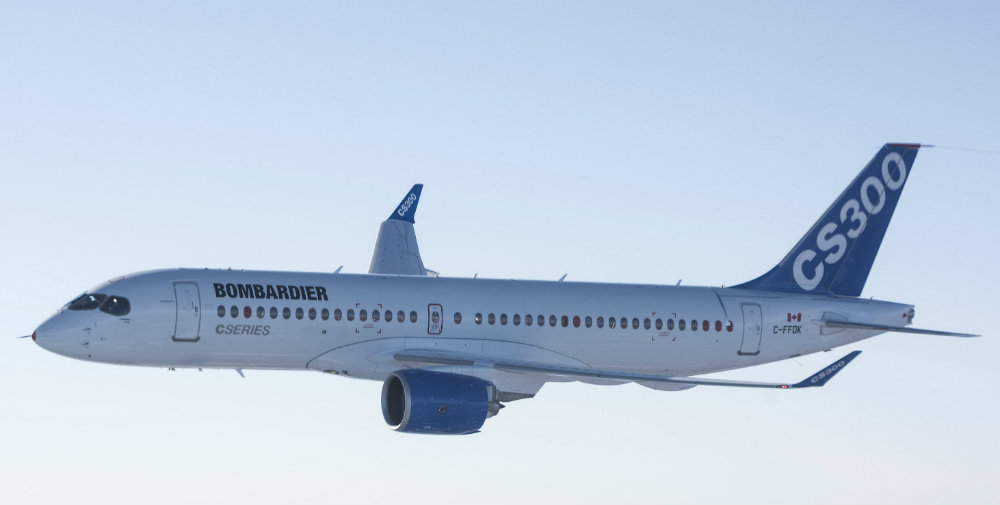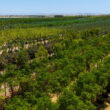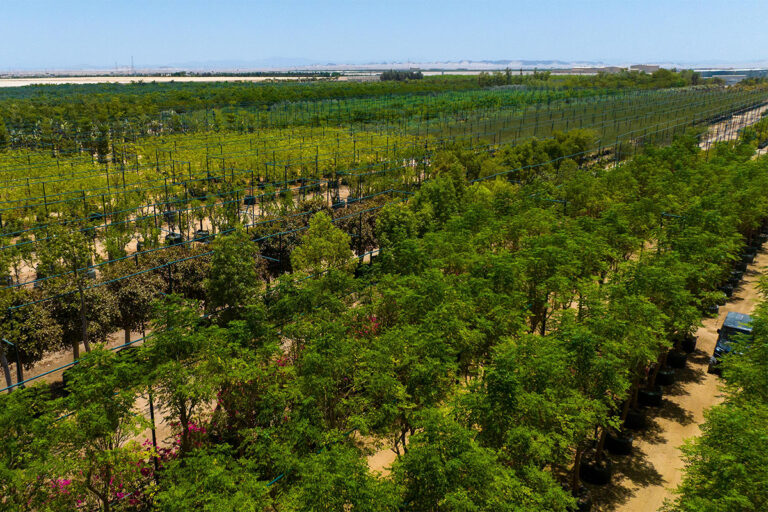By the end of 2016, the International Civil Aviation Organization (ICAO), a UN agency, will endorse a global standard for CO2 that all new aircraft will have to meet.

This year, the ICAO will also approve the industry’s first worldwide carbon-offsetting scheme. “All of the new regulatory frameworks are going towards reducing emissions and potentially imposing higher costs for emitting carbon,” Julie Felgar, Head of Environmental Strategy at Boeing Commercial Airplanes says.“The aviation industry has to respond to that reality.”
In the long term, by investing in new aircraft technologies, better fuel efficiency and enhanced in-flight operating procedures, the sector aspires to cut its net CO2 emissions to half of their 2005 levels by 2050. Meanwhile, the focus on environmental issues is also reducing aircraft noise; the new C-Series model from Bombardier, coming into service this year, is the quietest in its class.
“Nearly the same things that contribute to reducing aircraft emissions also reduce noise,” says Bruce Parry, the company’s Head of Sustainability, Product Development Engineering. “It is one of the advantages of developing a completely new, clean-sheet design.”![]()









